Understanding Spectroscopic Techniques
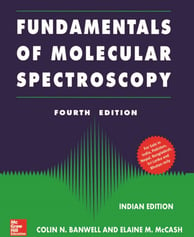

Fundamentals of Molecular Spectroscopy
by Banwell
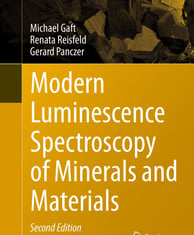

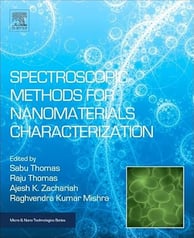

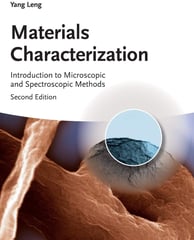

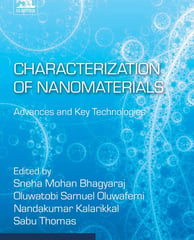

Spectroscopic Methods for Nanomaterials Characterization
by Sabu Thomas
Raju Thomas
Ajesh K Zachariah
Raghvendra Kumar Mishra
Modern Luminescence Spectroscopy of Minerals and Materials
by Michael Gaft
Renata Reisfeld
Gerard Panczer
Materials Characterization: Introduction to Microscopic and Spectroscopic Methods
By Yang Leng
Characterization of Nanomaterials: Advances and Key Technologies
by Sneha Bhagyaraj
Oluwatobi Samuel Oluwafemi
Nandakumar Kalarikkal
Sabu Thomas
Nanomaterials Characterization Techniques, Volume Two, part of an ongoing series, offers a detailed analysis of the different types of spectroscopic methods currently being used in nanocharacterization. These include, for example, the Raman spectroscopic method for the characterization of carbon nanotubes (CNTs). This book outlines the different kinds of spectroscopic tools being used for the characterization of nanomaterials and discusses under what conditions each should be used. The book is intended to cover all the major spectroscopic techniques for nanocharacterization, making it an important resource for both the academic community at the research level and the industrial community involved in nanomanufacturing.
Explores how spectroscopy and X-ray-based nanocharacterization techniques are applied in modern industry
Analyzes all the major spectroscopy and X-ray-based nanocharacterization techniques, allowing the reader to choose the best for their situation
Presents a method-orientated approach that explains how to successfully use each techniqueWrite your text here...
This book provides elementary introduction to molecular spectroscopy focusing on fundamental principles and application in easily understandable style. Chapter 1: Introduction Chapter 2: Microwave Spectroscopy Chapter 3: Infra-red Spectroscopy Chapter 4: Raman Spectroscopy Chapter 5: Electronic Spectroscopy of Atoms Chapter 6: Electronic Spectroscopy of Molecules Chapter 7: Spin Resonance Spectroscopy Chapter 8: Solid State and Surface Spectroscopies Chapter 9: Mossbauer Spectroscopy.
This book covers key concepts like rotational, vibrational, electronic, and Raman spectroscopy, providing a thorough foundation in the theoretical and mathematical framework that underpins each type. Banwell includes practical examples to illustrate the relevance of spectroscopy in fields such as chemistry, physics, and biology, making it a valuable resource for students and researchers seeking to understand how light interacts with matter to reveal molecular characteristics.
This book is focuses on three types of laser-based spectroscopy of minerals, namely Laser-Induced Time-Resolved Luminescence, Laser-Induced Breakdown spectroscopy and Gated Raman Spectroscopy. This new edition presents the main new data, which have been received after the publication of the first edition ten years ago both by the authors and by other researchers. During this time, only the authors published more than 50 original papers devoted to laser-based spectroscopy of minerals. A lot of new data have been accumulated, both in fundamental and applied aspects, which are presented in new edition.
Characterization of Nanomaterials: Advances and Key Technologies discusses the latest advancements in the synthesis of various types of nanomaterials. The book's main objective is to provide a comprehensive review regarding the latest advances in synthesis protocols that includes up-to-date data records on the synthesis of all kinds of inorganic nanostructures using various physical and chemical methods. The synthesis of all important nanomaterials, such as carbon nanostructures, Core-shell Quantum dots, Metal and metal oxide nanostructures, Nanoferrites, polymer nanostructures, nanofibers, and smart nanomaterials are discussed, making this a one-stop reference resource on research accomplishments in this area.
An ideal textbook for introductory courses on materials characterization for advanced undergraduate and postgraduate university students. The concept of introductions at the beginning of chapters, exercise questions and an online solution manual. The first part covers commonly used methods for microstructure analysis, including light microscopy, X-ray diffraction, transmission and scanning electron microscopy, as well as scanning probe microscopy. The second part of the book is concerned with techniques for chemical analysis and introduces X-ray energy dispersive spectroscopy, fluorescence X-ray spectroscopy and such popular surface analysis techniques as photoelectron and secondary ion mass spectroscopy. This section concludes with the two most important vibrational spectroscopies (infra-red and Raman) and the increasingly important thermal analysis.
